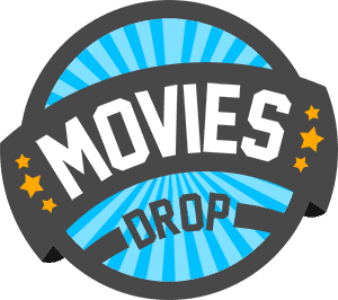There is arguably no better partnership in entertainment media in recent years than the merging of comic book and film. Superhero films have become mega-hits at the box office and have forged an even mightier bond with both comic book and movie fans.
Box Office Mojo shows that the numbers say everything: among the top ten all time worldwide box offices, two happen to be superhero films in the form of Marvel’s The Avengers and Avengers: Age of Ultron reeling in $1,518.8 billion and $1,405,4 billion respectively.
While the superhero genre continues to be lucrative there is a growing feeling cinema audiences may be starting to feel superhero fatigue. Next year there are nine films based on either a Marvel or DC character coming out. The question is whether the potential box office still justifies their annual prevalence at the movie theaters? Or should Marvel Studios, DC Entertainment, and other primary proponents of the superhero-film genre realize that the enterprise is approaching its inevitable twilight phase?
Fans are forever…
Superhero stories have been appealing to fans since the first part of the 20th century. Superman first appeared in 1938 and Batman followed the next year. Especially in today’s comic-book aware society, superheroes have occupied the consciousness of more and more audiences as the films have opened the door to new fans. Where once the superhero industry had the reputation of appealing to a select audience, now it is a billion dollar industry.
One area of fandom that the superhero genre really lends itself to is merchandising. It shouldn’t come as a shock then that commercial brands have cashed in on the public’s fixation of these caped-crusaders. Brands like athletic apparel Under Armour have produced footwear, accessories, and fitness gear in recent years that’s been modeled on some of the most famous characters of the superhero realm.
The digital realm is another key area where the superhero genre has been able to expand its reach. Superheroes have formed the bases of popular games for both gaming consoles and less tradition gaming platforms. The Batman Arkham series is considered one of the best virtual representation of a superhero and has four titles listed in Rolling Stone’s top 25 superhero games.
Digital entertainment portal Slingo also pays homage to the popularity of superheroes by incorporating these beloved icons into several of their slot games. The games range across both Marvel and DC influenced slots with a Wonder Woman game and Thor inspired game called Thunderstruck for both gaming and comic book fans to enjoy. As these examples show, whether you are buying clothes or visiting a popular gaming site you are bound to come across a superhero-related tie-in.
So much gas in the tank…

Spin-off flicks are nothing new to the film industry. Expanding the universe of certain story plots by churning out prequels, sequels, reboots, and even totally new stand-alone films have been done by many movie franchises in the past. Superhero franchises are no different. Movie Drop points out that fans of Spider-man will stay happy for a long time as they can expect a Spider-Man related movie every year for the foreseeable future. Sony Pictures, who own the rights to the Spider-Man license, believe that Peter Parker’s journey, and the universe he occupies, is a sure route to box office success.
Flops don’t faze anyone…

When comic-book film fans think of what particular movies fell short of their expectation, many would turn to 2008’s The Incredible Hulk. The film is considered a forgotten part of the MCU (not least because Ed Norton left the franchise to be replaced by Mark Ruffalo). ET Online noted that the movie in many respects served as a case study for Marvel Studios to be more abreast with the pulse of their audience. The following films proved to be much more successful.
The public will only be able to answer the question of whether the superhero genre has reached a saturation point when the box office figures start to consistently drop. Until then we can expect to see many more superhero films being developed in the near future.



